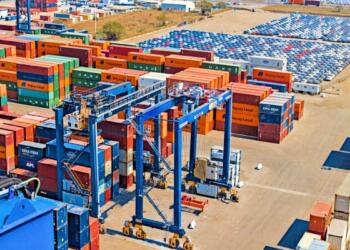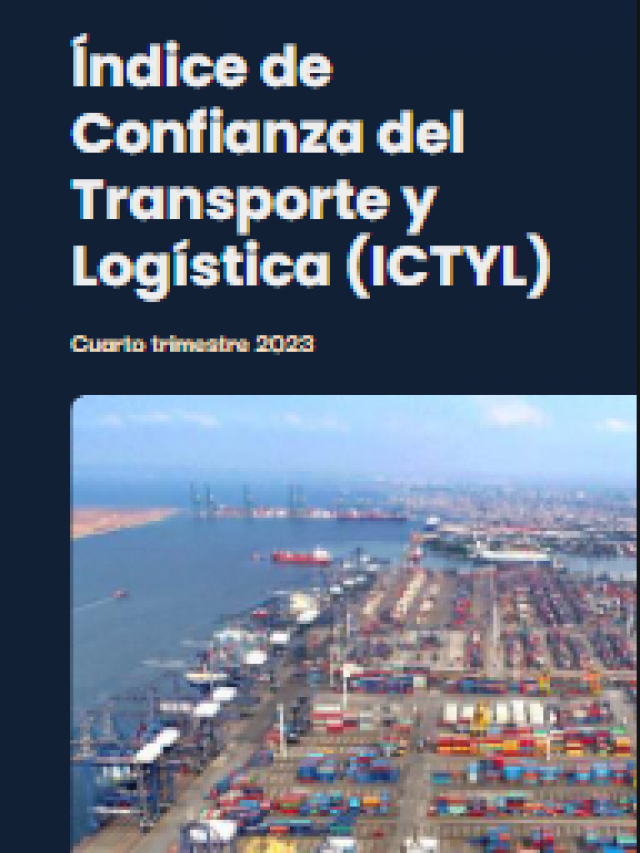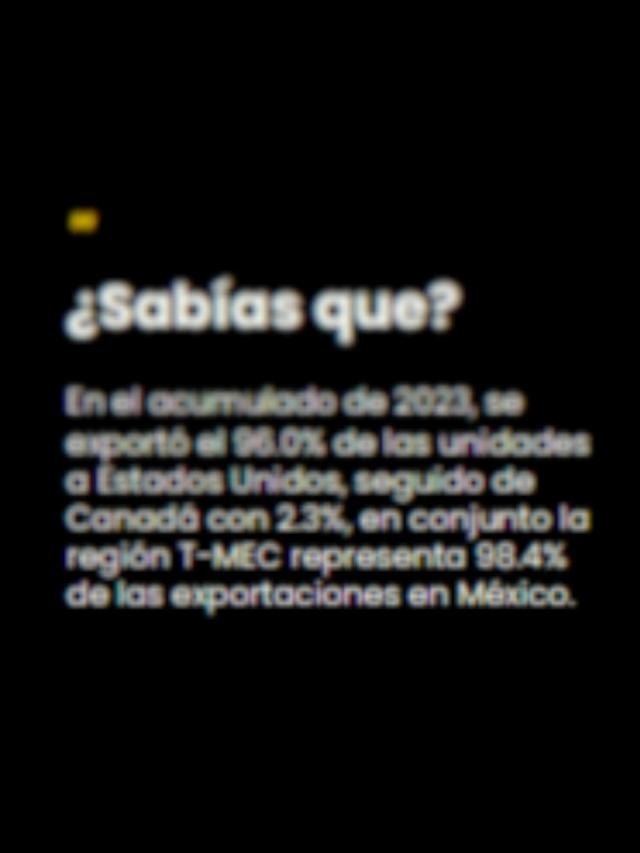
After the January slump, a period in which orders fall substantially, February brings with it a new wave of dynamism for e-commerce and Valentine’s Day becomes one of the first big dates of the year for this industry.
However, the increase in shipping demand also puts the logistics of parcel companies and their ability to maintain a satisfactory delivery experience to the test.
In fact, Mail Boxes Etc estimates that order volume increases from 35% to 42% after the first month of the year, and as consumers become accustomed to faster and more efficient shipping, the pressure on parcel services increases.
This is where 4PL (Fourth-Party Logistics) technology plays a fundamental role, facilitating a key relationship between retailers and logistics operators to ensure that orders arrive on time and without setbacks.
Factors such as delays, failed deliveries or lost packages can cause dissatisfaction and affect brand perception.
In fact, recent studies indicate that almost 80% of online shoppers would not return to a store that provided them with a bad delivery experience, so logistics firms must balance speed, costs and efficiency without compromising service quality.
4PL: The technology that transforms logistics
The evolution of e-commerce has driven the growth of 4PL providers, whose customized solutions allow companies to improve their logistics management and focus on their business.
Studies indicate that the 4PL logistics market size in Latin America is estimated at $3.42 billion and is expected to reach $5.21 billion by 2029 , with a compound annual growth of 8.79% through 2029.
But what makes 4PL providers so relevant? Their impact lies in their ability to integrate advanced technologies for warehouse management, process automation, real-time tracking, cost control and transport route optimization.
This enables retailers to reduce unnecessary costs, manage delivery times more accurately, and ensure frictionless order fulfillment.
While high demand for Valentine’s Day puts the efficiency of parcel services and 4PL to the test , this logistics “relationship” is not only key for this date, but for the future of commerce.
Consumer demands continue to rise, and the expectation of ultra-fast, error-free delivery is becoming standard.
As 4PL technology continues to evolve, companies that adopt these systems will have a competitive advantage in optimizing their supply chains.
From predictive data analysis to artificial intelligence applied to logistics , innovation will be the differentiating factor for companies that want to “delight” their customers with impeccable delivery experiences.
Comment and follow us on X: @GrupoT21















